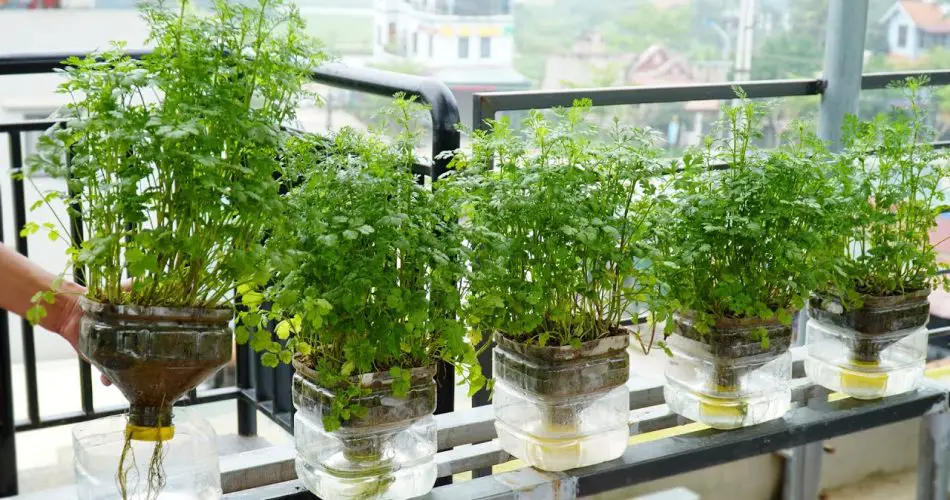Growing coriander (also known as cilantro) without regular watering can be a bit challenging, as this herb generally requires consistent moisture. However, if you’re looking for a low-maintenance method, you can try growing coriander in a self-watering container. Here’s a simple and effective way to achieve this:
Materials Needed:
- Self-watering container (with a water reservoir)
- Potting mix
- Coriander seeds or seedlings
- Water
Steps:
- Choose a Self-Watering Container:
- Select a self-watering container with a water reservoir. These containers have a separate compartment for water, allowing the soil to draw moisture as needed.
- Prepare the Potting Mix:
- Use a well-draining potting mix suitable for herbs. Ensure that the mix is light and airy to promote good root development.
- Fill the Container:
- Fill the self-watering container with the potting mix, leaving enough space at the top for planting the coriander seeds or seedlings.
- Plant Coriander Seeds or Seedlings:
- Plant coriander seeds or seedlings according to the recommended spacing. If planting from seeds, sow them at the surface of the soil and lightly press them down. If using seedlings, transplant them carefully into the container.
- Water Initially:
- Water the soil thoroughly after planting to ensure good initial moisture. This helps seeds germinate or seedlings establish themselves.
- Fill the Water Reservoir:
- Fill the water reservoir of the self-watering container. Follow the container’s instructions for filling the reservoir. This may involve adding water directly to a designated compartment or through a water tube.
- Monitor Moisture Levels:
- Keep an eye on the moisture level in the soil and the water reservoir. The container will draw water from the reservoir as the soil dries out, providing a consistent supply to the coriander plants.
- Place in a Suitable Location:
- Position the self-watering container in a location that receives adequate sunlight. Coriander prefers partial shade, especially in warmer climates.
- Harvest as Needed:
- Once the coriander plants have reached a suitable size, you can start harvesting leaves as needed for culinary purposes. Harvesting encourages bushier growth.
Tips:
- Ensure that the self-watering container is placed on a level surface to allow proper water distribution.
- Check the water reservoir regularly and refill it as needed, especially during hot and dry periods.
- Prune the coriander plants regularly to encourage fresh growth and prevent flowering, as flowering signals the end of the plant’s life cycle.
While coriander generally benefits from consistent watering, the self-watering container can provide a more hands-off approach, making it easier to maintain the herb without daily watering.
Show Comments



